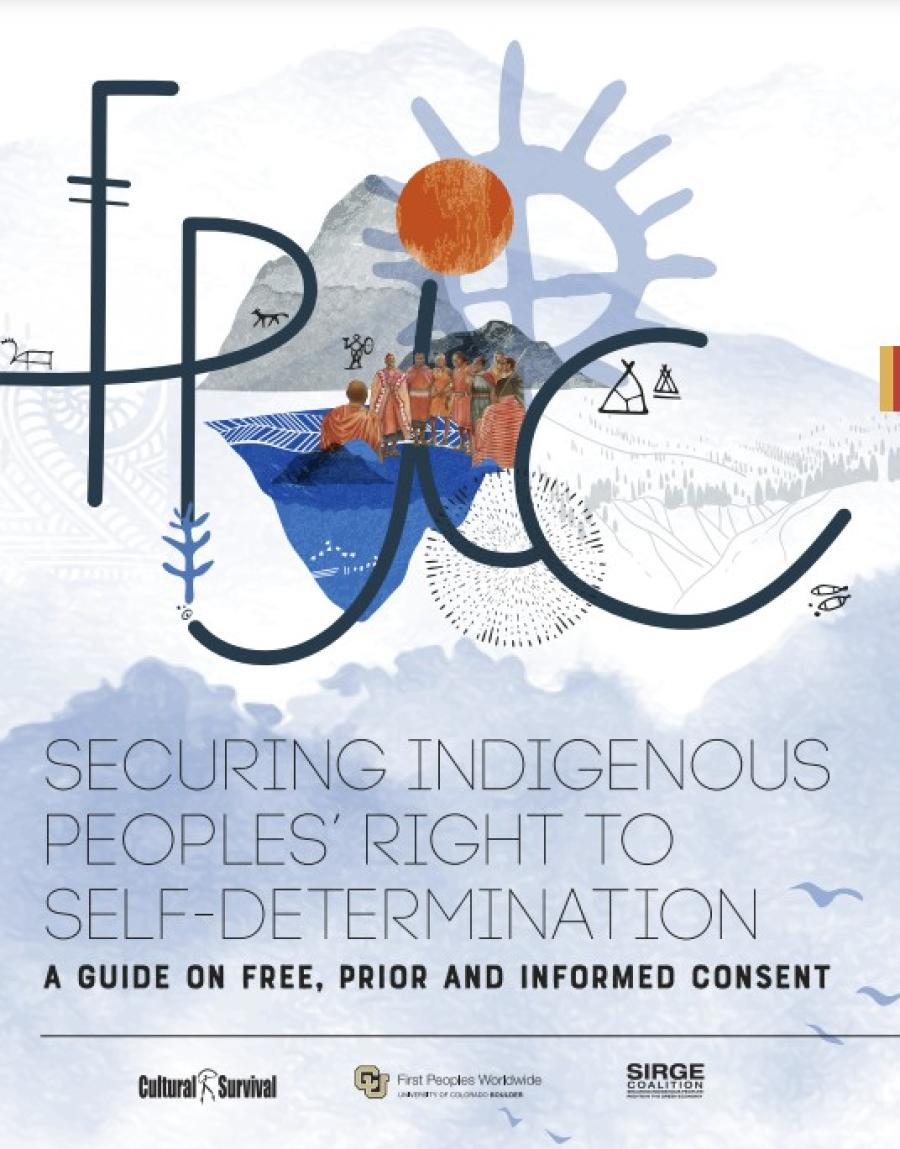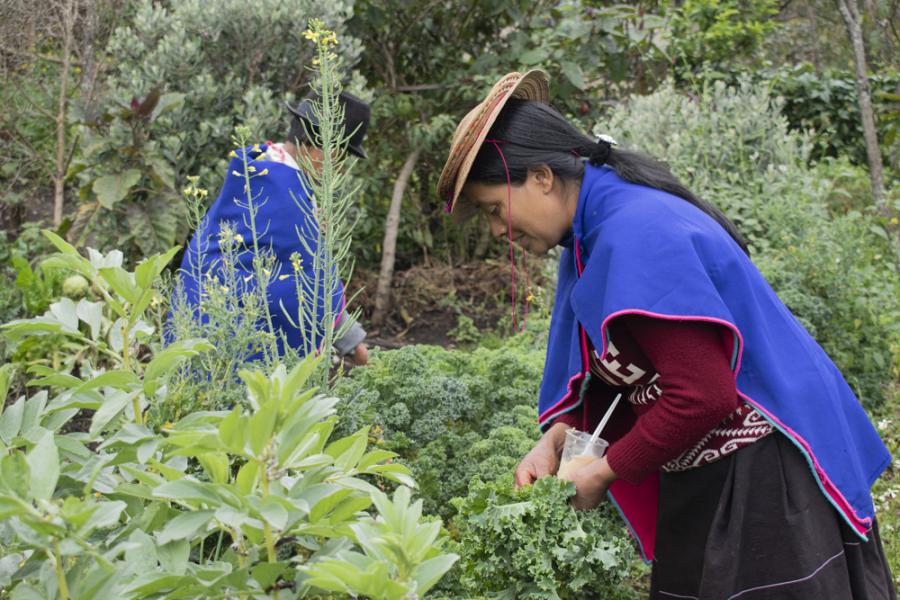The goals of animal conservation and the goals of indigenous peoples wishing to hunt are not compatible in all cases.
The amount of land modified by modern civilization is increasing rapidly. As a result different groups with interests in preserving the remaining land for different purposes are beginning to discuss "multiple land use" strategies. Two of the most pressing reasons for the preservation of undisturbed land are the preservation of indigenous homelands and the preservation of wildlife. Romanoff and Brownrigg (1980) and Clad (1984) have both presented reviews of the overlapping goals of conservationists and indigenous peoples and their supporters. Yet little attention has been paid to the specifics of managing an area to meet the requirements of these two groups.
In this report we present the preliminary results of a study designed to test whether these two "land uses" can be combined. Given the hunting technology present at the time of the studies we examined, are indigenous peoples in the Neotropics hunting at a sustainable level? Is it possible to "preserve" the land base of indigenous people and their game on the same land for an indefinite period?
From the available data on hunting by indigenous peoples in the Neotropics, we concluded that our study had to provide the following information: 1) the time period over which the information on hunting was collected; 2) the number of people consuming the game killed; 3) the kinds of animals killed; and 4) the number of individuals of each species killed. The first two were used to calculate "consumer days" (number of consumers times days of study). This number was then divided into the number of individuals of a given species killed during the course of the study to provide a measure of the number of individuals of each game species that was consumed by a person in a year.
We also estimated the potential annual harvest of each species per square kilometer and calculated the maximum rate of population increase for each species, and integrated this with a measure of average game population density (individuals per km²). This yielded a measure of potential annual production per km² for each game species. The production figures for each game species could then be compared to the annual harvest by indigenous hunters. If annual harvest is greater than annual production the local game population cannot be hunted indefinitely at that level.
The data base for our analysis consists of 19 studies encompassing 23 different samples; 17 from indigenous peoples and 6 from colonists. We used data on mammal and bird hunting and examined only those species which comprised a minimum of 1.5 percent of the total weight of game taken. In this paper we report only on the preliminary results of the mammal data obtained in studies of Indian populations. As our purpose is to examine the effects of hunting on game populations, we consider the number, rather than the weight of animals killed. In this way, this work is distinguished from those studies measuring the amount of meat/protein consumed by indigenous peoples. The number of individual game animals killed can be very high: Yost and Kelley (1983) report 3,165 individuals killed in approximately 70,000 consumer days, including 562 woolly monkeys (Lagothrix lagothrica) and 152 white-lipped peccary (tayassu pecan). As Marks (1973) and Hill (pers. comm.) have pointed out, the number of individuals brought back to the village by hunters is undoubtedly an underestimate of the number killed because of the high incidence of wounding of animals.
Hames (1979) recorded 58 species of mammals, birds and reptiles taken by the Ye'kwana and Yanomamo, the same number taken by the Waorani in Yost and Kelley's study (1983). However, in these two studies, as well as most others, the majority of individuals taken belong to only 10 to 20 species. Across all studies, the 10 most frequently taken prey are white-lipped peccaries (Tayassu pecan), agoutis and acouchis (Dasyprocta spp. and Myoprocta spp.), pacas (Agouti paca), long-nosed armadillos (Dasypus novemcinctus), capuchin monkeys [Cebus apella), collared peccaries (Tayassu tajacu), howler monkeys (Alouatta spp.), woolly monkeys (Lagothrix lagothrica), squirrels (Sciuridae) and spider monkeys (Ateles spp.). These findings agree with those of Vickers (in press) who found that peccaries, monkeys and rodents were the most frequently taken groups of prey animals.
Is game being hunted at a sustainable rate by a given human community? One approach to this question is to compare, for each game species, the number of animals harvested annually from the area hunted by the community (the catchment area) to the potential production of that area. For instance, in research on the Siona and Secoya Indians in Ecuador, Vickers (1983) estimated that 95 percent of subsistence activities took place within a 1150 km² area, and he provided estimates (1980) of the annual harvest of certain game species. The estimated annual harvest of white-lipped peccaries might potentially be produced in an area or 90 km², of collared peccaries in 25 km(2), and of woolly monkeys in 830 km².
However, the calculations of potential production of these species assumed the following: 1) Hunting does not affect the age structure of the population. However, based on data from hunted paca (Collett, 1981), age structure changes alone should at least halve potential production. 2) Actual annual growth of game populations equals the maximum population growth. In fact, in the wild, mammal populations rarely even approach this maximum. 3) Density of each game species in hunted areas equals the calculated average density. However, these average densities are largely derived from population censuses from non-hunted areas. Data from primate censuses (Freese, et al. 1982) indicate that hunted areas have overall primate densities of only one fifth non-hunted areas. 4) All areas within the catchment area have equivalent game densities ("crude" densities are equal to "ecological" densities). In fact, densities of different species vary dramatically with habitat. 5) There is no mortality in the game population except that resulting from human hunting. This is obviously an inaccurate assumption, but data are lacking from the field to provide, in most cases, even a rough estimate as to the natural level of mortality.
Consequently, realized production of a game species is probably ten to a hundred times less than potential production. If we assume that this value is ten times less in areas hunted by the Siona and Secoya Indians, then harvest of collared peccaries is below annual realized production, harvest of white-lipped peccaries is about equal to realized production, and woolly monkeys are being overharvested. The susceptibility of woolly monkeys to overhunting has been documented by many researchers (e.g. Freese et al. 1982 Romanoff 1984). Primates as a group are probably very susceptible because of their low reproductive rate. Species with low reproductive rates often occur at low densities, two characteristics which undoubtedly vary but can be used to predict susceptibility to overhunting.
The data we use in our study are averages based on many studies conducted in many diverse areas. What is needed are relevant data collected during a single study. Information on realized production of game species can be obtained from accurate censuses in areas with different hunting pressures and combined with determination of age structure of game populations. In the future we hope that anthropologists will incorporate into their studies of resource utilization the gathering of relevant ecological data.
Another factor relevant to indigenous hunting and the conservation of game is that villages frequently relocate, particularly in areas that have been lightly hunted or hunted in the distant past. In many areas there is great pressure on the Indians to settle in one place and remain there. In some cases, as reported by Cross et al. (1979), this sedentarization is caused by a lack of suitable sites for village relocation. The effect, as documented by many investigators, is the degradation of natural resources within the catchment area of the village. The decline of game has been well documented. The unfortunate spiral of involvement in a market economy tightens: Gross et al. (1979) state that the "...extent of market participation is closely related to the difficulty of making a living through traditional means." And, as discussed below, market participation often involves harvesting just those resources that are most susceptible to overexploitation.
It is clear that the goals of animal conservation and the goals of indigenous peoples wishing to hunt are not compatible in all cases. This lack of concordance in goals is a particularly urgent area of investigation. In a recent article on the Gunung Mulu National Park in Sarawak, Jermy (1983) stated that the native Penan peoples should be allowed to hunt in the park because they kill only old and infirm animals rather than young breeding adults. He added that this is done because these people "are in fact an integral part of the ecosystem and, because their present and future lives depend on it, they crop these natural resources sensibly." While the data are not available to refute Jermy's claim, it is clear from other studies that many animals other than those that are sick and infirm are killed by indigenous hunters. For example, in a study of Mbuti net-hunting, Hart (1978) showed that 74 percent of the female antelope killed were pregnant. To ascribe "resource-management" skills de facto to the Penan, as Clad (1984) puts it, "...in a curious way butress[es] the fallacy of the 'noble savage,' a uniquely European concept."
Clad continues, pointing out that "the same misconception lies buried in the automatic assumption that indigenous people will accept or even welcome cultural stasis as a condition of their involvement in conservation management." Yet it is clear from the adoption of firearms, outboard motors, dogs and headlamps by many indigenous hunters that many people are more interested in short-term increases in their hunting effectiveness than in clinging to the "old ways." As Hames (1979) and others have pointed out, the adoption of some of the trappings of modern civilization can cause or increase the overhunting of certain species. Widespread use of many of these techniques will undoubtedly result in local depletion or extinction of game populations.
Recently the Third World Council on Indigenous Peoples passed a resolution supporting the rights of indigenous peoples to hunt and gather (Cultural Survival 8(4) 1984). This resolution states that the economies of such peoples would be severely damaged if they were restricted in their harvesting and that based on "false ecologic and so-called conservationist premises" such restrictions were about to be implemented. It affirmed the right of indigenous peoples to continue harvesting "in support of these economies."
It is clear from the preliminary results of our study that indigenous people hunting just for subsistence are capable of hunting at non-sustainable rates. Within their own hunting methods lie the seeds of eventual resource extinction. Unlimited harvesting of resources may jeopardize not only the survival of animal populations, but also the long-term survival of peoples engaged in such harvesting. Many investigators have shown that as people enter a market economy, they change their patterns of faunal use and concentrate more on commercially attractive species. Nietschmann (1972) states that such a change in Miskito hunting caused the depletion or extermination of hawksbill turtles, crocodiles, caiman, otters, spotted cats and lobsters.
The long-term enhancement of the economy of an indigenous group by extensive harvesting of certain, and perhaps most, game species is doomed to fail. The ecological characteristics and reproductive biology of many commercially valuable species such as the big river turtles, the jaguar and the woolly monkeys do not make them reliable resources on which to base a market economy. As conservationists, we do not wish to deny indigenous people the right to harvest their resources, but we wish to try to present the facts on which they may, we hope base future decisions on the harvesting of natural resources.
Article copyright Cultural Survival, Inc.


